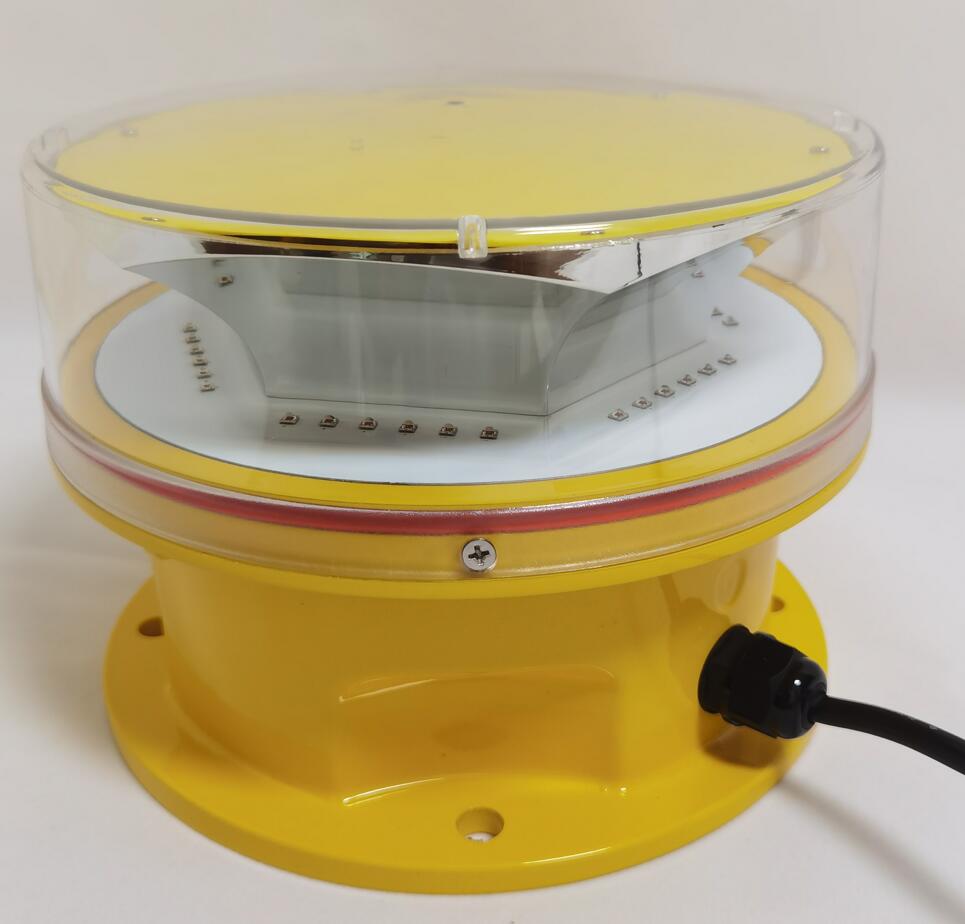
The aircraft low voltage warning light is a critical indicator that pilots and maintenance crews must never ignore. This alert signals an abnormal drop in electrical voltage, which can compromise essential systems if left unaddressed. Understanding its causes, implications, and corrective actions ensures flight safety and operational efficiency.
Understanding the Low Voltage Warning Light
Modern aircraft rely heavily on electrical systems for avionics, lighting, communication, and flight controls. The low voltage warning light activates when the voltage falls below the required threshold, typically due to:
Generator or Alternator Failure – The primary power source may malfunction, forcing the aircraft to rely on batteries, which drain quickly.
Faulty Voltage Regulator – This component stabilizes electrical output; a failure can cause erratic voltage levels.
Electrical Load Shedding – Excessive power demand from multiple systems can overwhelm the electrical supply.
Wiring or Connection Issues – Corroded or loose connections disrupt power distribution.
Battery Degradation – An aging battery may fail to sustain adequate voltage under load.

Implications of Ignoring the Warning
A persistent low voltage condition can lead to:
Avionics Failure – Navigation and communication systems may shut down.
Redundancy Loss – Backup systems could become inoperative.
|
Low Voltage Warning Light |